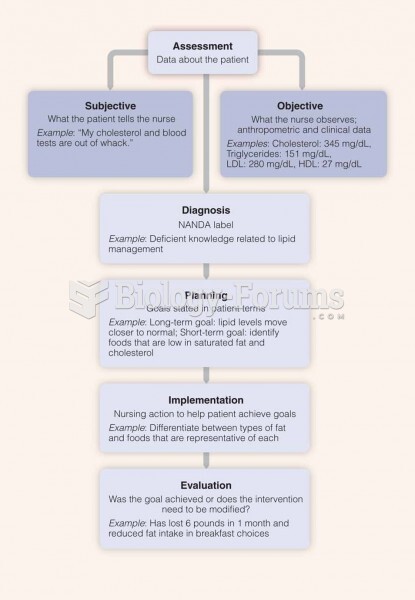This topic contains a solution. Click here to go to the answer
|
|
|
Did you know?
Parkinson's disease is both chronic and progressive. This means that it persists over a long period of time and that its symptoms grow worse over time.
Did you know?
Thyroid conditions may make getting pregnant impossible.
Did you know?
More than 4.4billion prescriptions were dispensed within the United States in 2016.
Did you know?
People about to have surgery must tell their health care providers about all supplements they take.
Did you know?
Long-term mental and physical effects from substance abuse include: paranoia, psychosis, immune deficiencies, and organ damage.







